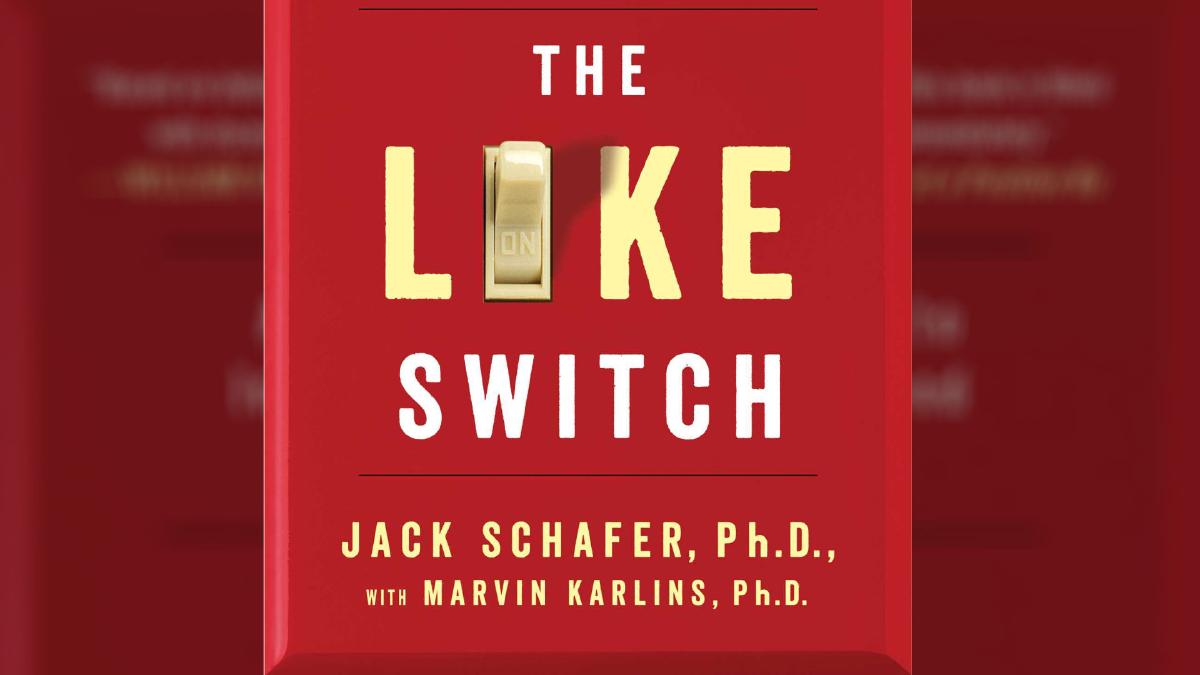This book is at the top of my recommendations; tied with Be Obsessed Or Be Average. It played a huge part in reshaping my personality for me to be able to communicate well with others. It clarified for me what makes a person likeable and helped with being able to read other people (with a lot of real-world practice). This book was written by a retired FBI agent, Jack Schafer, and a professor at the University of South Florida, Marvin Karlins. Jack was an agent who worked counterintelligence. At the beginning of the book, he talked about how he converted a Russian asset and the methods he used. Throughout the book, he used multiple examples of how he used these methods to great effect.
Jack also mentioned how the FBI changed the people on the hiring panel to change who was being hired at the agency. The FBI learned we prefer to be around and work with those who are most like us, which made a significant influence on panel’s hiring decisions. This was an example he gave of how “like attracts like.” The FBI was able to pick up a broader pool of people with different backgrounds and ways of thinking. This is vital in a business setting where the strengths of one person can fill in for the weaknesses of another.
It also highlights why likability is important. One thing to note is that likability is very subjective. Just because one person likes you doesn’t mean everyone else feels the same. There’s a lot of value in being someone who is likeable, and I also don’t mean in a brown noser sort of way. Being liked by some means you won’t be liked by others and that’s okay.
I’ve noticed one of the things people seem to like the most is authenticity. When you act like the person that you really are (provided you aren’t overly abrasive), you’ll be received well by many people. There are so many fake people and fake intentions nowadays that many people are stating to place more of a preference in someone who speaks their mind.
A heavy portion of this book is dedicated to non-verbal cues. Something that most have probably heard is that non-verbal communication is about 55% of a conversation. Jack covers this in detail in the book. This book is very much applied psychology. If you want to get the most of it, you’ll need to practice what Jack talks about. The reason I was able to cement so much of what was taught was because I would read a couple of chapters and then apply them to in-person interactions. You’re not going to get much out of this book if you don’t apply it soon after reading it. If you do apply it though, this book could have a huge impact on you.
